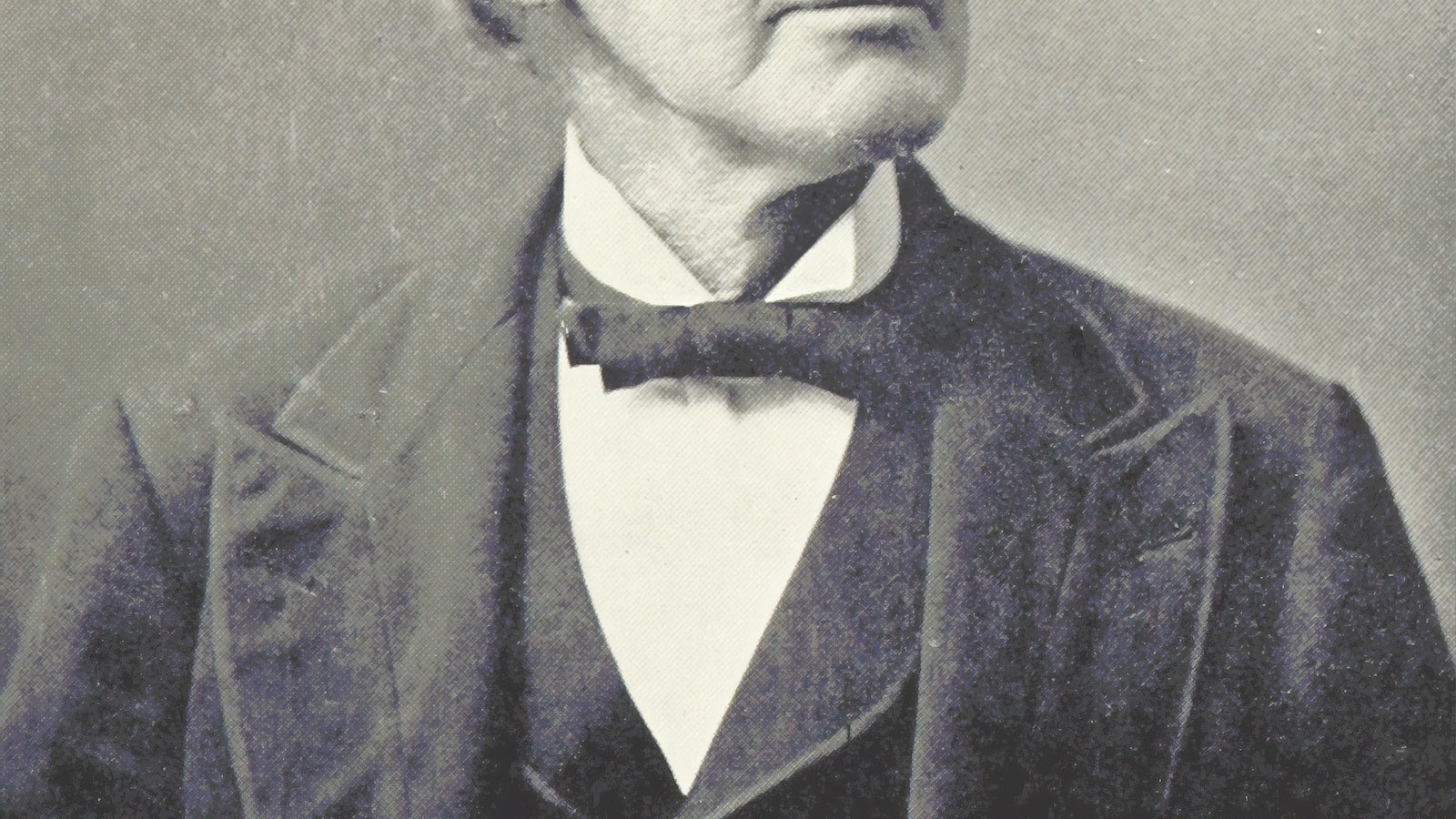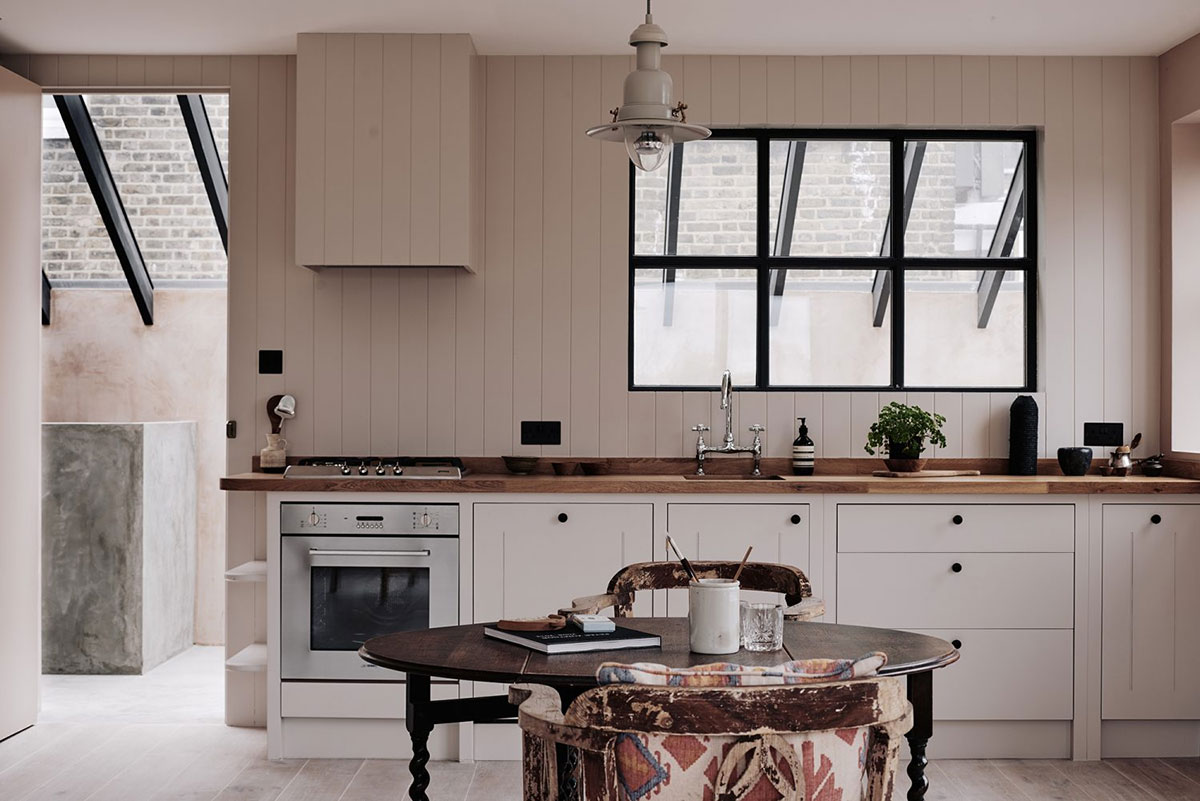
Quirky Quilting: Patchwork Projects for Cozy Comfort
Know Your Quilting Staples
Are you ready to try your hand at quilting? Whether you are an experienced seamstress or a beginner, a quilting project can be an idea way to spend your free time! To get started, it is important to understand the basics of quilting, such as the key items required for each project. Here is a quick overview of the most essential quilting supplies:
-
- Fabric. Quilting fabric is different from standard fabric, as it is designed to stand up to lots of wear and tear. When selecting fabric for your quilting projects, opt for pieces with a high thread count. This will ensure that your quilts will last for years to come.
-
- Batting. Batting is used to fill the spaces between your quilting fabrics. It is available in various weights and densities, so you can choose the type that best suits your project.
-
- Thread. All-purpose thread is typically used for piecing together your patchwork fabrics. However, if you are doing a detailed project, such as quilting a quilt by hand or using decorative stitches, you may want to opt for specialty threads.
-
- Rulers. A good quilter always keeps a few rulers on hand. These tools are used to measure and cut fabric accurately, saving you time and energy.
-
- Cutting mats. Cutting mats are essential for protecting your work surfaces from cuts and scratches while cutting fabric.
-
- Needles. Different types of needles can be used depending on the type of project. For quilting, you’ll need a sharp needle that is suitable for hand- or machine-stitching.
-
- Scissors. Having a good pair of fabric scissors makes cutting fabric a breeze. Invest in a good pair to ensure precision in every quilting project.
Choose a Style
When it comes to quilting, the possibilities are almost limitless. Whether you prefer traditional piecing, machine-quilting, paper-piecing, or appliqueing, there is something for everyone. Here are a few ideas to help you get started:
-
- Log cabin quilt. This traditional quilt pattern consists of a series of “log cabin” blocks, each of which is comprised of patches of fabric arranged in a specific way to create a checkered pattern.
-
- Sawtooth Star. The Sawtooth Star quilt is a classic design composed of large, diamond blocks arranged to create a star pattern.
-
- Storm at Sea. The Storm at Sea quilt design consists of a repeat pattern of squares and circles arranged to create a striking ripple effect.
-
- String quilt. The string quilt is an inventive way to use up scraps of fabric that may otherwise go to waste. This project involves connecting strips of fabric to create a patchwork of vibrant colors.
Seamless Seams
Once you have chosen your quilting style and gathered all of the necessary supplies, it is time to start construction. Making sure the seams match perfectly in a quilting project is essential in order to achieve a perfect finish. One way to ensure that the seams are matched correctly is to use a quarter-inch foot on your sewing machine. This attachment helps to keep your seams consistent as you work.
Put it All Together
After the quilt top is complete, it is time to piece the backing fabric. Choose a soft flannel or fleece for a warm and cozy feel. Then, layer the fabrics with quilt batting in between, and baste it together. The easiest way to do this is to use safety pins to attach the layers.
Finishing Touches
Finally, it’s time to quilt! Use a combination of straight and curved lines to create a classic quilting pattern. And, if you’re feeling extra creative, add in some whimsical details such as appliques or embroidery.
Stay Cozy
When your project is complete, you’ll have a beautiful quilt that is sure to keep you cozy on those cold winter nights. And, if you follow these tips, you may find that quilting becomes a favorite hobby that brings you hours of joy every time you sit down to stitch!










Got a Questions?
Find us on Socials or Contact us and we’ll get back to you as soon as possible.